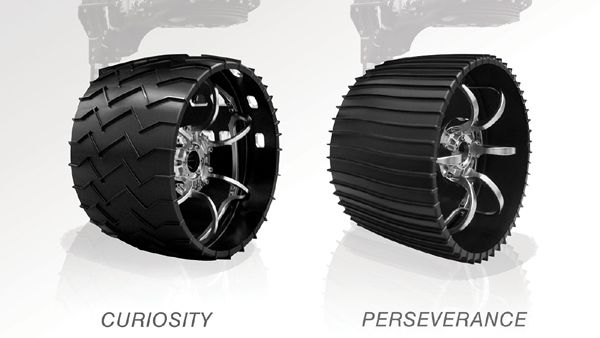
NASA / JPL - Caltech
NASA-Developed Ventilator Authorized by FDA for Emergency Use (Press Release)
A new high-pressure ventilator developed by NASA engineers and tailored to treat coronavirus (COVID-19) patients today was approved by the Food and Drug Administration (FDA) for use under the FDA’s March 24 ventilator Emergency Use Authorization.
Called VITAL (Ventilator Intervention Technology Accessible Locally), the device was developed by engineers at NASA's Jet Propulsion Laboratory (JPL) in Southern California to free up the nation's limited supply of traditional ventilators so they may be used on patients with the most severe COVID-19 symptoms.
“This FDA authorization is a key milestone in a process that exemplifies the best of what government can do in a time of crisis,” said NASA Administrator Jim Bridenstine. “This ventilator is one of countless examples of how taxpayer investments in space exploration – the skills, expertise and knowledge collected over decades of pushing boundaries and achieving firsts for humanity – translate into advancements that improve life on Earth.”
The Office of Technology Transfer and Corporate Partnerships at Caltech, which manages JPL for NASA, is offering a free license for VITAL and is reaching out to the commercial medical industry to find manufacturers for the device.
"Now that we have a design, we're working to pass the baton to the medical community, and ultimately patients, as quickly as possible," said Fred Farina, chief innovation and corporate partnerships officer at Caltech. "To that end, we are offering the designs for licensing on a royalty-free basis during the time of the pandemic."
The Emergency Use Authorization allows for use of the device specifically for COVID-19 patients, with the aim of addressing the acute demand for ventilators during the coronavirus pandemic. Like all ventilators, VITAL requires patients to be sedated and have an oxygen tube inserted into their airway to breathe.
“Fighting the virus and treating patients during this unprecedented global pandemic requires innovative approaches and action. It also takes an all hands-on deck approach, as demonstrated by the NASA engineers who used their expertise in spacecraft to design a ventilator tailored for very ill coronavirus patients. This example shows what we can do when everyone works together to fight COVID-19,” said FDA Commissioner Stephen Hahn. “We believe today’s action will increase availability of these life-saving medical devices. The FDA will continue to add products to this emergency use authorization, as appropriate, during this pandemic to facilitate an increase in ventilator inventory.”
Prior to the FDA's review, the VITAL prototype passed a critical test April 21 at the Icahn School of Medicine at Mount Sinai in New York. VITAL poses several benefits in the national response to COVID-19. It can be built faster and maintained more easily than a traditional ventilator, and is composed of far fewer parts, many of which are currently available to potential manufacturers through existing supply chains. Its flexible design means it also can be modified for use in field hospitals being set up in convention centers, hotels and other high-capacity facilities across the country and around the globe. Intended to last three or four months, the new device wouldn't replace current hospital ventilators, which can last years and are built to address a broader range of medical issues.
"It's been exhilarating coming up with VITAL's design," said Michelle Easter, a mechatronics engineer at JPL who worked on developing the device. "Now that we have FDA approval, we're looking forward to seeing companies license this technology and share it with the rest of the world."
****










